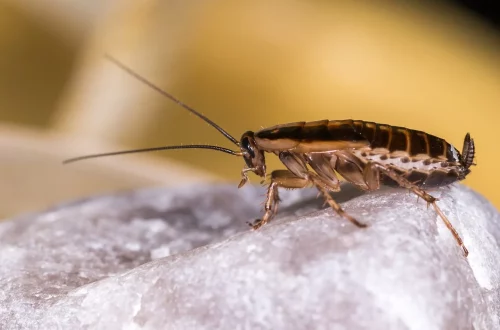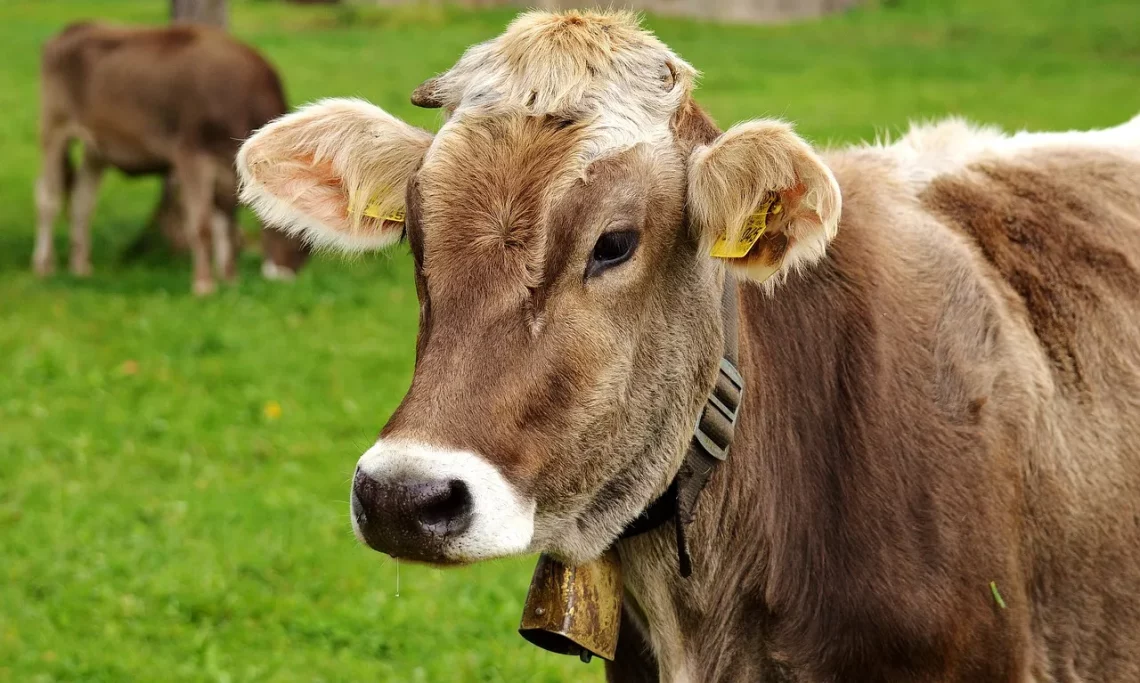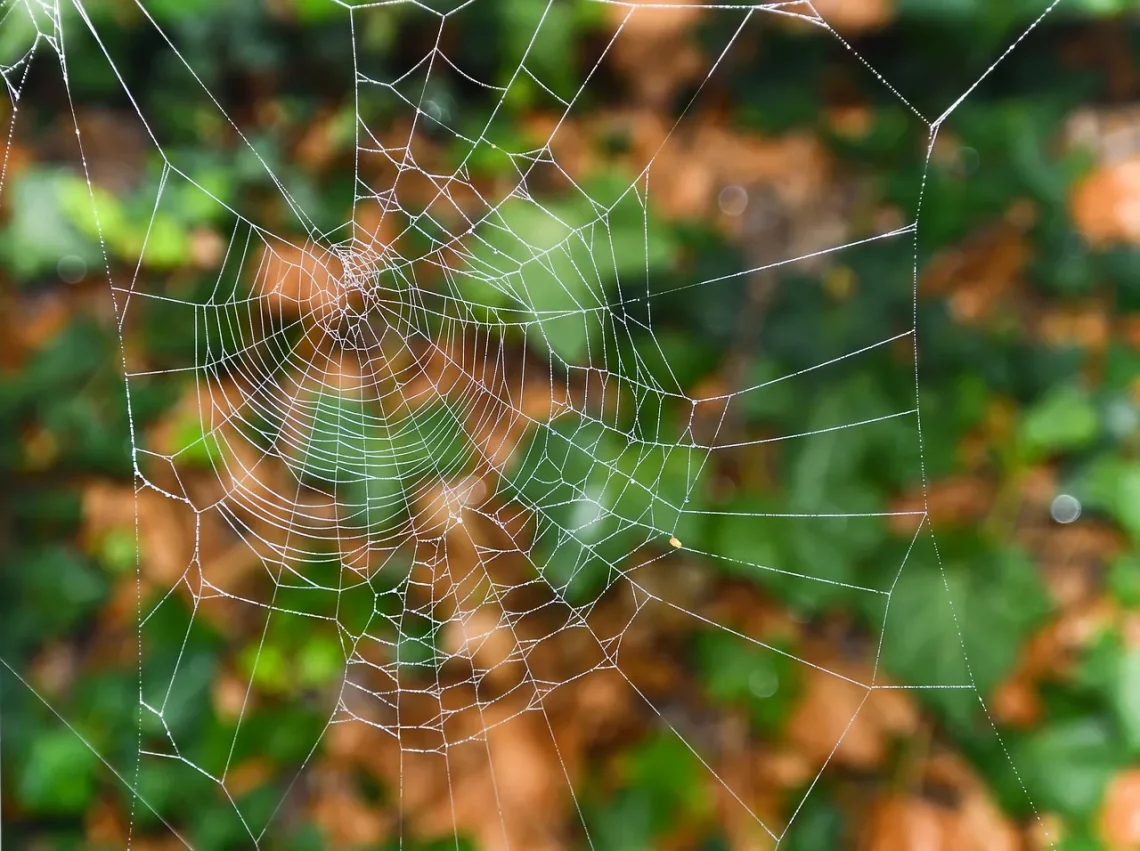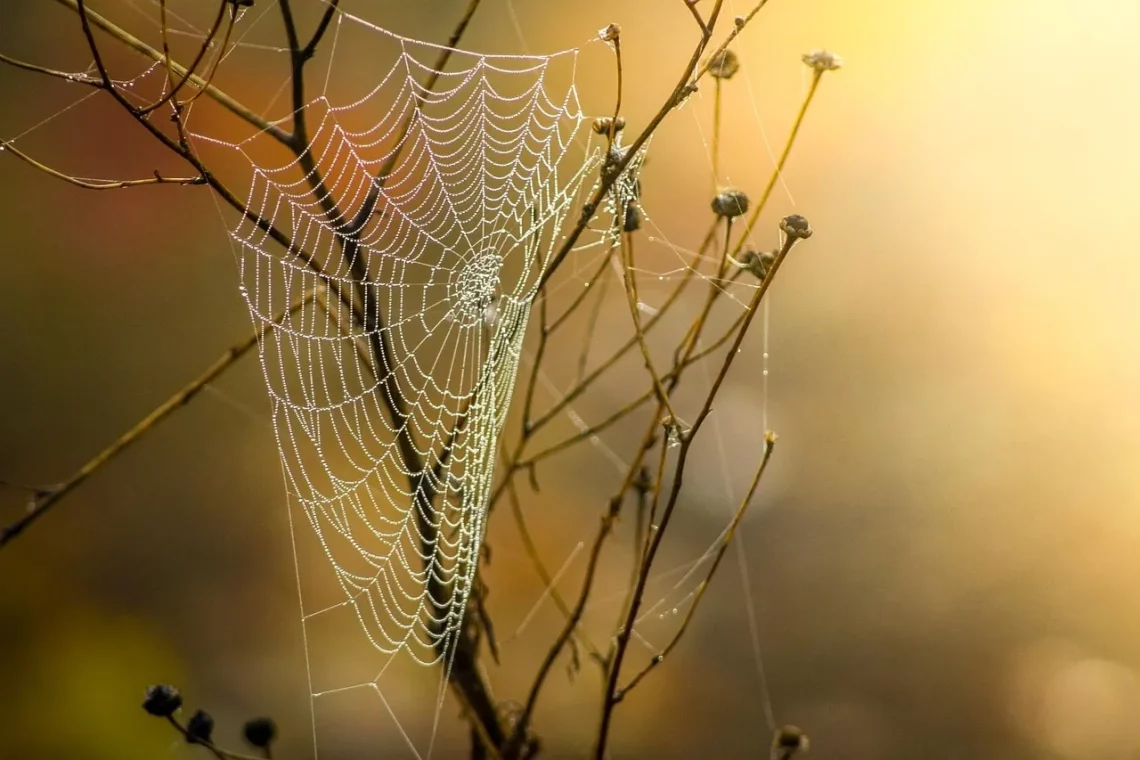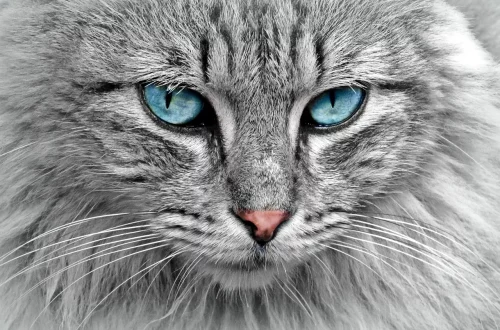-
Effective Strategies for Using Body Grip Traps in Wildlife Management
Wildlife management is a vital aspect of maintaining ecological balance and ensuring that human activities do not disrupt animal populations and their habitats. As urbanization and agricultural expansion encroach on natural environments, wildlife often finds itself in conflict with human interests. This situation can lead to significant challenges, including property damage, crop loss, and even health risks associated with wildlife. Therefore, effective strategies for controlling and managing wildlife populations are essential. One of the tools that wildlife managers and conservationists frequently utilize is the body grip trap. These traps are designed to capture animals efficiently while minimizing suffering and stress. Their effectiveness lies in their ability to target specific species,…
-
How Fences Can Help Manage Coyote Encounters Safely
Fencing has long been a practical solution for property owners looking to define boundaries, enhance privacy, and protect their gardens. However, in recent years, the role of fences has expanded to include wildlife management, particularly in areas where coyote encounters have become increasingly common. As urban development encroaches on natural habitats, interactions between humans and wildlife have surged, creating a need for effective strategies to ensure safety for both parties. Coyotes, known for their adaptability and intelligence, often venture into residential areas in search of food or shelter. This can lead to potential conflicts, raising concerns about safety for pets, livestock, and even children. While it is essential to promote…
-
High-Quality Cattle Guards for Sale: Secure Your Property Today
Securing your property is a priority for many homeowners, especially those living in rural areas where livestock and wildlife can pose challenges. One effective solution to prevent unwanted access while allowing your cattle to roam freely is the installation of high-quality cattle guards. These innovative structures act as barriers, preventing livestock from crossing while ensuring that vehicles can pass through unhindered. Properly designed and constructed cattle guards not only enhance security but also contribute to the overall aesthetics of your property. When choosing the right cattle guard, several factors come into play, including durability, size, and design. Investing in a high-quality product ensures that you won’t have to replace it…
-
High-Quality Cattle Guards for Sale: Secure Your Property Today
Securing your property is essential for maintaining the safety and integrity of your land, especially if you own livestock or have a large expanse of land. As property owners, we are often faced with the challenge of keeping unwanted animals or intruders away while allowing our livestock to roam freely. One of the most effective solutions to this problem is the installation of high-quality cattle guards. These barriers provide a practical solution that not only enhances security but also reduces the need for traditional gates, which can be cumbersome and require regular maintenance. Cattle guards are designed to prevent animals from crossing while allowing vehicles to pass easily. The design…
-
Understanding Foot Hold Traps: Safety, Use, and Best Practices
Understanding Foot Hold Traps: Safety, Use, and Best Practices Foot hold traps have been a topic of much debate and discussion, particularly in the context of wildlife management and pest control. These devices are designed to capture animals for various purposes, including research, relocation, and population control. While they serve important functions in conservation efforts, the ethical implications and safety concerns surrounding their use cannot be overlooked. Trappers, wildlife enthusiasts, and even the general public often find themselves grappling with the complexities of these tools, especially regarding their potential impact on non-target species and the environment. Understanding how foot hold traps operate, the safety measures that should be in place…
-
Understanding Foot Hold Traps: Uses, Safety, and Best Practices
Understanding the intricacies of foot hold traps is crucial for anyone involved in wildlife management, pest control, or outdoor activities. These devices have been utilized for centuries, playing a significant role in trapping small to medium-sized animals for various purposes, including research, population control, and fur harvesting. While they are effective tools, the ethical implications and safety concerns surrounding their use cannot be overlooked. Foot hold traps operate on a simple yet effective mechanism that allows them to secure animals without causing significant harm. However, the design and placement of these traps require careful consideration to prevent unintended harm to non-target species and to ensure compliance with local regulations. Understanding…
-
The Importance of Prohibiting Pets in Pools for Safety and Hygiene
Creating a safe and hygienic environment around swimming pools is crucial for the well-being of all users. While many people associate pool areas with relaxation and enjoyment, they can also become breeding grounds for various health and safety hazards. One often overlooked aspect of pool safety is the presence of pets. Even the most well-behaved animals can inadvertently introduce bacteria, parasites, and other contaminants into the water. Additionally, pets can pose physical risks to both themselves and humans. This article delves into the significance of keeping pets out of swimming pools, emphasizing not only the health implications but also the broader safety concerns that arise when furry friends are allowed…
-
Prohibiting Pets in Pools: Ensuring Safety and Cleanliness
As the sun shines and temperatures rise, pools become a popular oasis for relaxation and recreation. However, while enjoying the refreshing waters, certain considerations must be addressed to maintain a safe and pleasant environment for everyone. One of these considerations involves the presence of pets in pools. While pets can be beloved family members, their presence in swimming areas can pose several challenges that affect both safety and cleanliness. The instinctual behaviors of animals, such as swimming or splashing, can lead to concerns about hygiene and health. Additionally, pools are designed for human use, and introducing pets can disrupt the delicate balance of chemicals required to keep the water safe…







